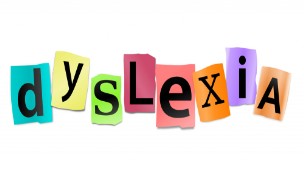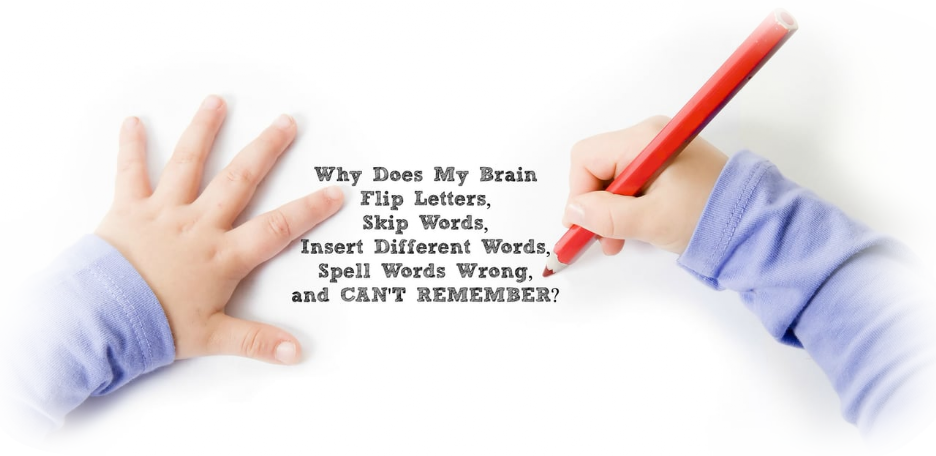
The word 'dyslexia' comes from the Greek meaning 'difficulty with words'. Brain imaging techniques have shown that people with dyslexia process information differently from others. They tend to think more in pictures than in words and make rapid lateral connections. It occurs across the full range of intellectual abilities and it is thought to affect up to 10 percent of the population.
People with dyslexia have difficulty with the written language and so they have problems with reading, writing and spelling. The British Dyslexia Association state that many dyslexic students will struggle with a combination of the following:
General
- speed of processing: slow spoken and/or written language
- poor concentration
- difficulty following instructions
- forgetful of words
Written work
- poor standard of written work compared with oral ability
- produces messy work with many crossings out and words tried several times, eg wippe, wype, wiep, wipe
- is persistently confused by letters which look similar, particularly b/d, p/g, p/q, n/u, m/w
- has poor handwriting with many ‘reversals’ and badly formed letters
- spells a word several different ways in one piece of writing
- makes anagrams of words, e.g. tired for tried, breaded for bearded
- produces badly set-out written work; doesn’t stay close to the margin
- has poor pencil grip
- produces phonetic and bizarre spelling: not age/ability appropriate
- uses unusual sequencing of letters or words
Reading
- makes poor reading progress, especially using look and say methods
- finds it difficult to blend letters together
- has difficulty in establishing syllable division or knowing the beginnings and endings of words
- unusual pronunciation of words
- no expression in reading and poor comprehension
- is hesitant and laboured in reading, especially when reading aloud
- misses out words when reading, or adds extra words
- fails to recognise familiar words
- loses the point of a story being read or written
- has difficulty in picking out the most important points from a passage
Maths
- shows confusion with number order, e.g. units, tens, hundreds
- is confused by symbols such as + and x signs
- has difficulty remembering anything in a sequential order, e.g. times tables, days of the week, the alphabet
Time
- has difficulty in learning to tell the time
- shows poor time keeping and general time awareness
- has poor personal organisation
- has difficulty remembering what day of the week it is, their birth date, seasons of the year, months of the year
- difficulty with concepts – yesterday, today, tomorrow
Skills
- has poor motor skills, leading to weaknesses in speed, control and accuracy of the pencil/pen
- has a limited understanding of non-verbal communication
- is confused by the difference between left and right, up and down, east and west
- has indeterminate hand preference
- performs unevenly from day to day
Behaviour
- employs work avoidance tactics, such as sharpening pencils and looking for books
- seems to ‘dream’; does not seem to listen
- is easily distracted
- is the class clown or is disruptive or withdrawn (these are often cries for help)
- is excessively tired due to amount of concentration and effort required

